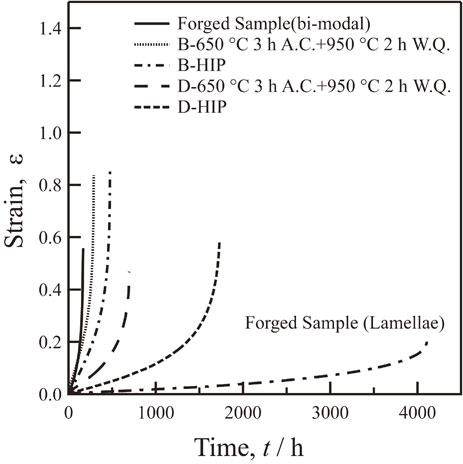- J-STAGE home
- /
- MATERIALS TRANSACTIONS
- /
- Advance online publication
- /
- Article overview
This article has now been updated. Please use the final version.
-
Tomoki Kuroda
Materials Science and Engineering, College of Engineering, Shibaura Institute of Technology Research Center for Structural Materials, National Institute for Materials Science
-
Haruki Masuyama
Materials Science and Engineering, College of Engineering, Shibaura Institute of Technology Research Center for Structural Materials, National Institute for Materials Science
-
Yoshiaki Toda
Research Center for Structural Materials, National Institute for Materials Science
-
Tetsuya Matsunaga
Research Center for Structural Materials, National Institute for Materials Science
-
Tsutomu Ito
Department of Mechanical Systems Engineering, Faculty of Engineering, Toyama Prefectural University
-
Makoto Watanabe
Research Center for Structural Materials, National Institute for Materials Science
-
Ryosuke Ozasa
Division of Materials and Manufacturing Science, Graduate School of Engineering, Osaka University
-
Takuya Ishimoto
Division of Materials and Manufacturing Science, Graduate School of Engineering, Osaka University Aluminium Research Center, University of Toyama
-
Takayoshi Nakano
Division of Materials and Manufacturing Science, Graduate School of Engineering, Osaka University
-
Masayuki Shimojo
Materials Science and Engineering, College of Engineering, Shibaura Institute of Technology
-
Yoko Yamabe-Mitarai
Department of Advanced Materials Science, Graduate School of Frontier Sciences, The University of Tokyo
Article ID: MT-MLA2022021
- Published: 2022 Received: July 12, 2022 Available on J-STAGE: - Accepted: September 17, 2022 Advance online publication: October 28, 2022 Revised: -
(compatible with EndNote, Reference Manager, ProCite, RefWorks)
(compatible with BibDesk, LaTeX)



